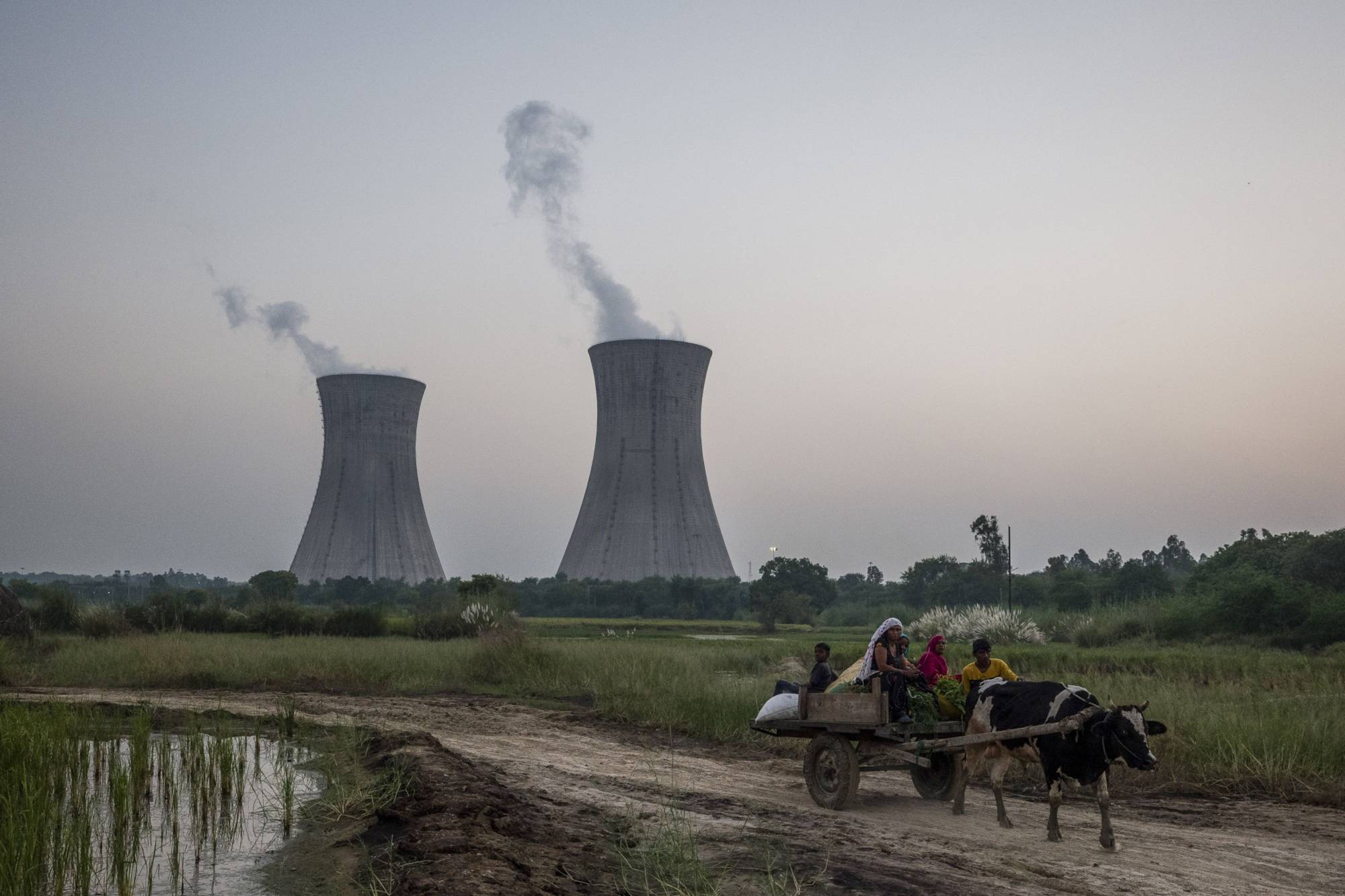India has somehow emerged as the villain of last month’s United Nations Climate Change Conference (COP26), blamed for resisting cuts to coal consumption even as toxic air envelops its capital, New Delhi.
The country’s supposed crime in Glasgow was to join China in insisting on a last-minute change to the conference’s final declaration, in which countries pledged to “phase down” rather than “phase out” coal. For that, India, whose per capita carbon-dioxide emissions are a fraction of those of the world’s leading emitters, was widely criticized for obstructing the global fight against climate change.
The irony is that India has done far less to intensify the planet’s greenhouse effect than either China or the developed West. True, the country is a major coal consumer, and derives about 70% of its energy from it. But, as recently as 2015, at least a quarter of India’s population couldn’t take for granted what almost everyone in the developed world can: to flick a switch on a wall and be bathed with light.

















With your current subscription plan you can comment on stories. However, before writing your first comment, please create a display name in the Profile section of your subscriber account page.